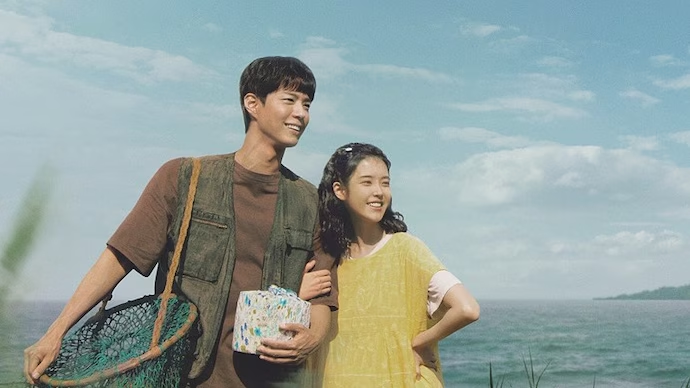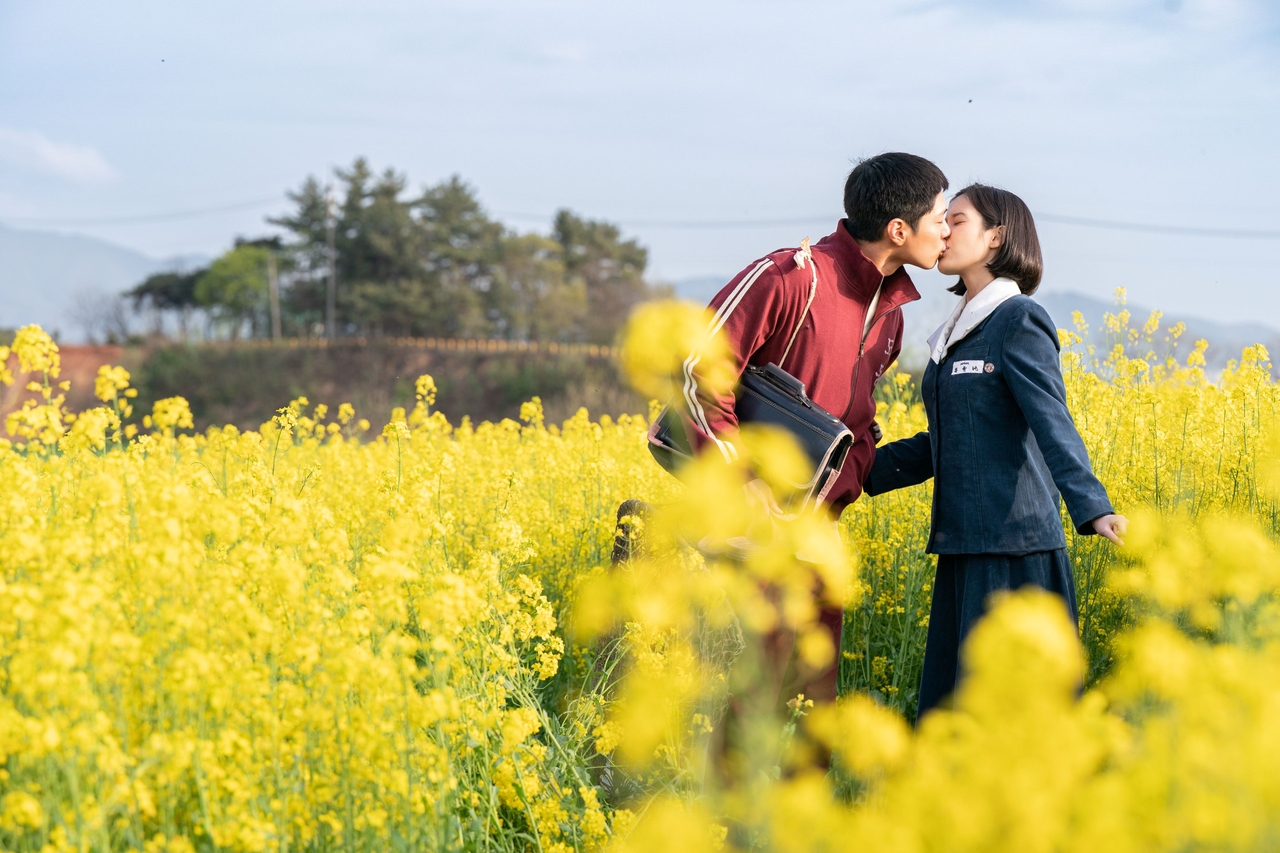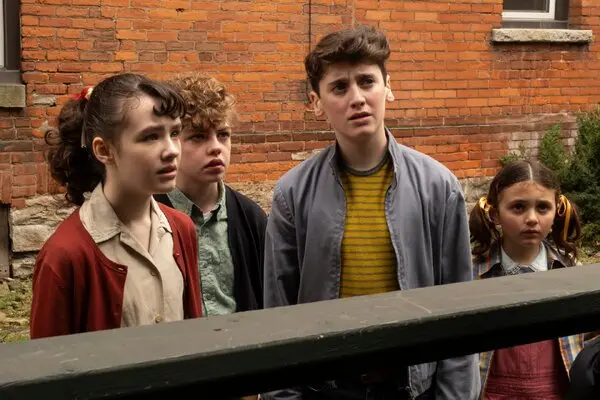Is This K-Drama a Hidden Gem or Just Plain Boring?
If you’ve flicked through K-drama in 2025, you’ve probably tripped over the title “When Life Gives You Tangerines.” It’s a show that seems simple on the surface – a coming-of-age tale that unfolds on Jeju Island. But dig a little deeper, and it becomes clear this series offers so much more. It’s a thoughtful journey across decades, culture, and identity, built around the fierce, tenacious Ae-sun, played by IU with an emotional candor that cuts right through the glossy TV facade.

Since its March 2025 release, everyone from professional critics to casual binge-watchers has weighed in on the series. There’s no easy consensus here, which actually makes it a fascinating drama to unpack. Opinions diverge. Some see a masterpiece of mood and moment; others see a long, sometimes plodding stroll through struggle and nostalgia. Let’s peel back the layers and see if “When Life Gives You Tangerines” really deserves the label boring – or if there’s much more to it.
What Makes “When Life Gives You Tangerines” Shine
Let’s get this out of the way first: plenty of viewers and critics absolutely adore this show. And there are good reasons for that.
Deep Emotional Resonance
One thing almost all reviewers agree on – when it comes to raw emotional depth, “When Life Gives You Tangerines” lands hard. IU’s portrayal of Ae-sun is both understated and incredibly moving. The respected South China Morning Post declared it “one of the very best K-dramas of all time – and quite possibly the most Korean of them all.” That’s a tall order given the competition.
Ae-sun seems to grow before your eyes, shaped by loss and hope. The emotional beats aren’t always loud, but they feel honest. Some episodes will punch you in the gut, others will sit with you quietly. And if you’ve ever struggled for something, watched a loved one fade, or felt out of place in your own family, expect to see pieces of your own life reflected here.
A Window into Korea’s Culture and Tumultuous History
Next, you can’t miss the way the drama roots itself in the bare soil of Jeju Island. This isn’t Seoul glitz. This is rural, coastal hardship and beauty – a rare sight in Korean dramas. The setting isn’t just a backdrop, it’s a character in its own right. Articles in outlets such as The Korea Times point out the patient, almost documentary approach to capturing the lives of women who get left behind in history books. This isn’t just Ae-sun’s journey – it’s a tribute to all those who lived through Korea’s trials and transitions.
The story sweeps through decades – the 1960s in particular, a time of blistering change under Korea’s modernization drive. For international viewers unfamiliar with that era, it’s educational. For older Koreans, it’s a nostalgic and sometimes painful walk down memory lane.
Production Values – A Visual Feast
Visually, the series doesn’t shortchange its audience. The team spared no effort with sets and costumes. Dozens of reviewers have flagged the gorgeous cinematography that brings Jeju’s cliffs, tangerine groves, and modest homes to life. You almost feel the salty wind whip through your hair. According to Gazettely magazine, the attention to detail makes the era leap off the screen.
It’s not all about lavish looks – sometimes it’s about a chipped bowl, a weather-worn shoe, a faded poster in the background. All those small touches help glue you to the time and place.
Summing Up the Positives:
- Deep emotional storytelling and nuanced performances, anchored by IU’s remarkable work.
- Evocative depiction of Jeju Island and genuine historical, cultural layers.
- High production standards, from sets to costumes to cinematography.
The Parts That Drag (or Even Disappoint)
Despite what the most glowing reviews say, there’s another side to the conversation. And these aren’t random internet gripes either – they come straight from established critics, seasoned viewers, and current opinion columns.
Pacing Can Feel Slow or Even Tedious
The most common criticism, by far: the pacing. It’s deliberate, you could say. Others call it slow. If you like punchy, plot-driven television, you may quickly wonder if something will happen… anything at all. Decider, for example, puts it bluntly: “Enjoyment will fully depend on your tolerance of shows that are more dependent on slice-of-life stories than plot and conflict.” That means whole episodes might feel like a poetic flashback, with only brief flashes of drama driving the action forward.
This slow burn approach builds atmosphere and character, but not suspense. For some, that’s cozy. For others, it’s a real drag.
It’s Emotionally Heavy, Sometimes Relentlessly So
Here’s another key complaint—”When Life Gives You Tangerines” doesn’t let up with the hardship. This story breathes in sadness and loss, then lets out a long, wistful sigh. One highly upvoted IMDb review goes so far as to call it “the most depressing and upsetting K Drama I have ever watched.” If you want escapism, or you’re in a sensitive emotional space, you might want to proceed with caution.
Instead of catharsis and redemption around every corner, expect moments that just hurt – or linger in a gray zone with no tidy closure. It’s realistic. Some call it brilliant. Others say it’s just draining.
A Niche Audience – Not for Everyone
This last point ties the previous two together. The show feels embedded in a specific place and time. For Koreans who lived through the years depicted, or for history buffs, this specificity is a bonus. But for international viewers, or younger audiences used to faster, flashier K-dramas, it can create a distance. Kpoppost noted that younger viewers, or those after more “mainstream” entertainment, may tune out early on.
In short, “When Life Gives You Tangerines” has a definite flavor. Either you’ll love it, or it might leave you cold.
Summing Up the Negatives:
- Slow, meandering narrative pacing that can feel uneventful for stretches.
- Unrelenting emotional intensity; heavy on hardship and loss.
- Appeals mainly to niche tastes and older audiences familiar with Korean history.
Transitions – Weighing Both Sides
Taking all this into account, it’s clear that “When Life Gives You Tangerines” isn’t a one-size-fits-all experience. If you walk in expecting non-stop action or lots of plot twists, you’ll probably find your attention wandering more than once. Yet if you approach it like a novel or a quiet art film, it blossoms. The show rewards investment, patience, and an appetite for subtlety.
Over time, the quiet rhythms of Ae-sun’s life start to gather a magnetic pull. Her journey with tangerines, dreams deferred, small joys, and bigger losses starts to feel epic precisely because it’s so real and personal. The show’s beauty is understated, not flashy. For many, that’s the opposite of boring – it’s deeply moving.
But the show asks a lot in return: patience, openness to melancholy, and sometimes a willingness to wade through scenes that defy traditional “entertainment” value. For some, the reward is worth it. For others, not so much.
Verdict: When Life Gives You Tangerines BRNG?
So, let’s answer the heart of the matter – just how boring, or not, is this drama?
The honest answer depends on what you want from your viewing experience. “When Life Gives You Tangerines” is not boring if you value rich, layered storytelling, real emotion, and historical context. But, and this is important, it does risk losing viewers who crave energy and quick resolutions.
Most major publications and review aggregators give it high marks for artistic merit, though the recurring caveat of the “slow burn” is impossible to miss. User scores hover around 7.5 to 8, though ratings tend to dip when viewers expect conventional drama pacing.
Adding up all the strengths and weaknesses, here’s a verdict that tries to be fair to both perspectives.
Final Score: 7.3
That’s firmly on the “not boring” side, but it’s not for everyone. If you gravitate to character-driven stories and don’t mind taking your time, you’ll probably find it memorable. If you want adrenaline, you might tap out halfway through.
Ultimately, “When Life Gives You Tangerines” is not a show that bores because it lacks artistry or depth. If it bores at all, it’s because it dares to go slow and dig deep – and sometimes, just sometimes, that’s exactly what TV needs.





